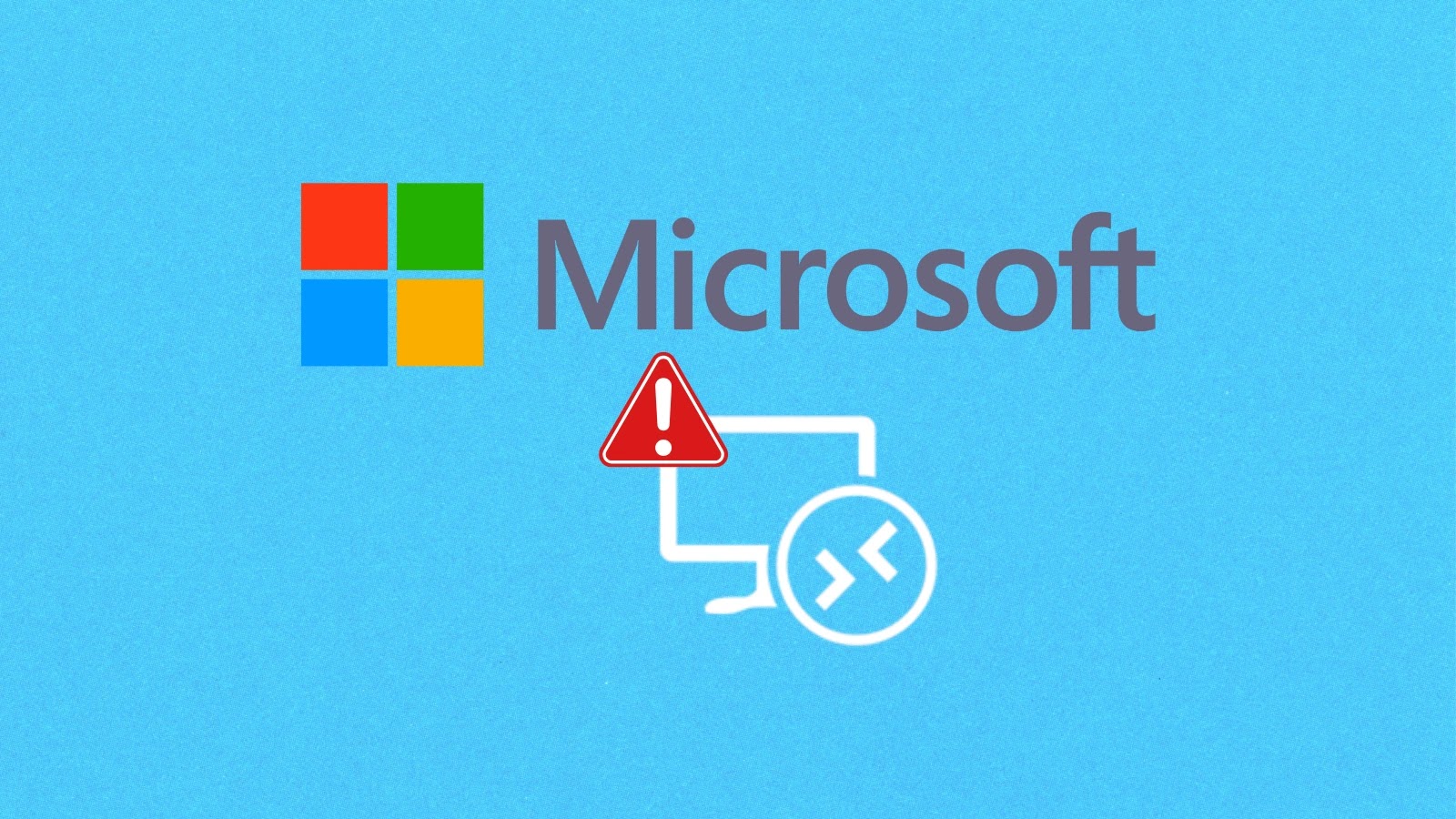In a significant escalation of cyber reconnaissance activities, a massive coordinated scanning campaign has been detected targeting Microsoft Remote Desktop Protocol (RDP) services. Threat actors have deployed over 30,000 unique IP addresses to probe vulnerabilities in Microsoft RD Web Access and RDP Web Client authentication portals. This operation represents one of the largest coordinated RDP reconnaissance efforts observed in recent years, signaling potential preparation for large-scale credential-based attacks.
Key Takeaways:
1. Over 30,000 unique IP addresses involved, marking the largest recorded Microsoft RDP scanning campaign.
2. U.S. educational institutions targeted during the back-to-school season for username enumeration attacks.
3. High probability of major exploits following the reconnaissance phase.
Remote Desktop Protocol Attack Campaign
The scanning operation commenced on August 21, 2025, with an initial wave involving nearly 2,000 IP addresses simultaneously targeting both Microsoft RD Web Access and Microsoft RDP Web Client services. However, the campaign escalated dramatically on August 24, when security researchers detected over 30,000 unique IP addresses conducting coordinated probes using identical client signatures. This pattern indicates a sophisticated botnet infrastructure or coordinated toolset deployment.
GreyNoise reports that the attack methodology focuses on timing-based authentication enumeration. This technique exploits subtle differences in server response times to identify valid usernames without triggering traditional brute-force detection mechanisms. Such an approach allows attackers to build comprehensive target lists for subsequent credential stuffing and password spraying operations while maintaining operational stealth.
Network telemetry analysis reveals that 92% of the scanning infrastructure consists of previously classified malicious IP addresses, with source traffic heavily concentrated in Brazil (73% of observed sources) while exclusively targeting United States-based RDP endpoints. The uniform client signature patterns across 1,851 of the 1,971 initial scanning hosts suggest a centralized command and control infrastructure typical of advanced persistent threat (APT) operations.
Targeting the Educational Sector
The campaign’s timing coincides with the United States’ back-to-school period, when educational institutions typically deploy RDP-enabled laboratory environments and remote access systems for incoming students. This targeting window is strategically significant, as educational networks often implement predictable username schemas (e.g., student IDs, firstname.lastname formats) that facilitate enumeration attacks.
The threat actors are conducting multi-stage reconnaissance operations, first identifying exposed RD Web Access and RDP Web Client endpoints, then testing authentication workflows for information disclosure vulnerabilities. This systematic approach enables the creation of comprehensive target databases containing valid usernames and accessible endpoints for future exploitation campaigns.
Security researchers note that the same IP infrastructure has been observed conducting parallel scanning for open proxy services and web crawling operations, indicating a multipurpose threat toolkit designed for comprehensive network reconnaissance and exploitation.
Understanding Remote Desktop Protocol (RDP) Vulnerabilities
Remote Desktop Protocol (RDP) is a proprietary protocol developed by Microsoft that allows users to connect to another computer over a network connection. While RDP is a powerful tool for remote administration, it has been a frequent target for cyber attackers due to various vulnerabilities.
Common RDP Vulnerabilities:
1. Weak User Credentials: Many RDP implementations rely on simple or default passwords, making them susceptible to brute-force attacks.
2. Unrestricted Port Access: RDP connections typically occur over port 3389. If this port is left open to the internet without proper safeguards, it becomes an easy target for attackers.
3. Lack of Multi-Factor Authentication (MFA): Without MFA, unauthorized users can gain access if they obtain or guess the correct credentials.
4. Clipboard Vulnerabilities: The shared clipboard feature in RDP can be exploited to execute arbitrary code on the client machine if not properly secured.
Notable RDP Vulnerabilities:
– BlueKeep (CVE-2019-0708): A critical vulnerability that allows for remote code execution without authentication. It is wormable, meaning it can spread to other vulnerable systems without user interaction.
– DejaBlue (CVE-2019-1181 and CVE-2019-1182): Similar to BlueKeep, these vulnerabilities affect newer versions of Windows and allow for remote code execution.
– CVE-2025-48817: A high-severity vulnerability in the Microsoft Remote Desktop Client that allows unauthenticated remote code execution when a user connects to a malicious RDP server.
Mitigating RDP Vulnerabilities
Given the potential risks associated with RDP, it is crucial to implement robust security measures to mitigate these vulnerabilities. By adopting best practices and employing advanced security measures, individuals and organizations can minimize the likelihood of a successful RDP attack.
Best Practices for Secure RDP Use:
1. Regular Updates: Ensure that RDP client and server software are regularly updated to apply the latest security patches.
2. Network-Level Authentication (NLA): Enable NLA to add an extra layer of security during the authentication process.
3. Strong Passwords: Implement strong and unique passwords for RDP accounts, using a combination of uppercase and lowercase letters, numbers, and special characters.
4. Account Lockouts: Enable account lockouts and set thresholds for failed login attempts to protect against brute-force attacks.
5. Restrict Access: Limit RDP access to a limited number of trusted IP addresses or VPN connections.
Advanced Security Measures for RDP:
– Multi-Factor Authentication (MFA): Implement MFA to add an extra layer of protection.
– Secure Remote Access Gateways: Use secure remote access gateways or virtual private networks (VPNs) to establish a secure connection to the RDP server.
– Monitoring and Logging: Monitor and log RDP sessions to detect any unauthorized access attempts or suspicious activities.
– Session Time Limits: Enforce session time limits to automatically disconnect idle RDP sessions, reducing the window of opportunity for potential attackers.
– Intrusion Detection Systems (IDS): Deploy intrusion detection systems (IDS) or intrusion prevention systems (IPS) to detect and block RDP attacks.
Conclusion
The recent massive coordinated scanning campaign targeting Microsoft RDP services underscores the critical need for robust security measures. Organizations, especially those in the educational sector, must remain vigilant and proactive in securing their RDP implementations. By understanding common vulnerabilities and implementing best practices, organizations can significantly reduce the risk of exploitation and ensure the integrity of their remote access systems.



